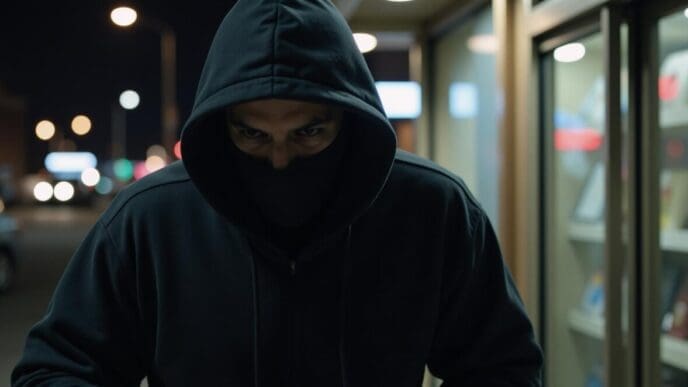In “The Brutalist,” director Brady Corbet explores the life of fictional architect László Tóth, portrayed by Adrien Brody. The film delves into Tóth’s journey as a Holocaust survivor starting anew in America, and it captures the complex interplay of personal trauma and artistic ambition.
The story unfolds in mid-century Pennsylvania, where Hungarian immigrant Erzsébet, the wife of László Tóth, sifts through sketches and plans for an unfinished civic building while living in a patron’s mansion. Tóth, a gifted Jewish architect who survived World War II concentration camps, receives a chance to resurrect his career thanks to industrialist Harrison Lee Van Buren. However, this professional opportunity carries a heavy personal toll, as their power dynamics become evident.
The film, praised for its epic storytelling and shot on VistaVision, highlights Tóth’s internal struggle and his commitment to architecture despite past traumas. Adrian Brody, in reflecting on his role, emphasizes the parallels between Tóth’s immigrant experience and the journey of artists, drawing from his family’s Hungarian roots to shape the character. Production designer Judy Becker complements Brody’s portrayal by materializing Tóth’s vision, crafting everything from furniture to architectural models.
Tóth’s education at the Bauhaus art school informs Becker’s design, merging historical influences like Marcel Breuer’s modernism and Tadao Ando’s contemporary architecture. She incorporates symbolism reflecting Tóth’s Holocaust experience into the structures, notably an institute that becomes a narrative focal point. The monolithic structure, while physically imposing, also captures the emotional and psychological complexity of its creator, mirroring the constraints and freedoms intrinsic to his past.
The film poignantly examines how Tóth channels his personal history into his work, demonstrating an architect’s role as both creator and communicator. Tóth’s “spiritual quest,” as Brody describes it, converges with his professional duties and personal need for redemption. The narrative suggests his architectural creations serve as both a refuge and a form of expression.
Brody and Becker’s contributions underscore the delicate balance of personal trauma and creative output. Becker’s designs reflect Tóth’s internal and external struggles, shaping spaces that convey both confinement and liberation. The institute’s structure symbolizes Tóth’s life, encapsulating his resilience and quest for identity within an unfamiliar world.
“The Brutalist” combines Brody’s compelling performance with Becker’s insightful design to offer a multi-layered portrayal of László Tóth’s life. The film not only captures the architect’s artistic journey but also his emotional battles, offering a poignant reflection on the ties between personal history and creative expression.














